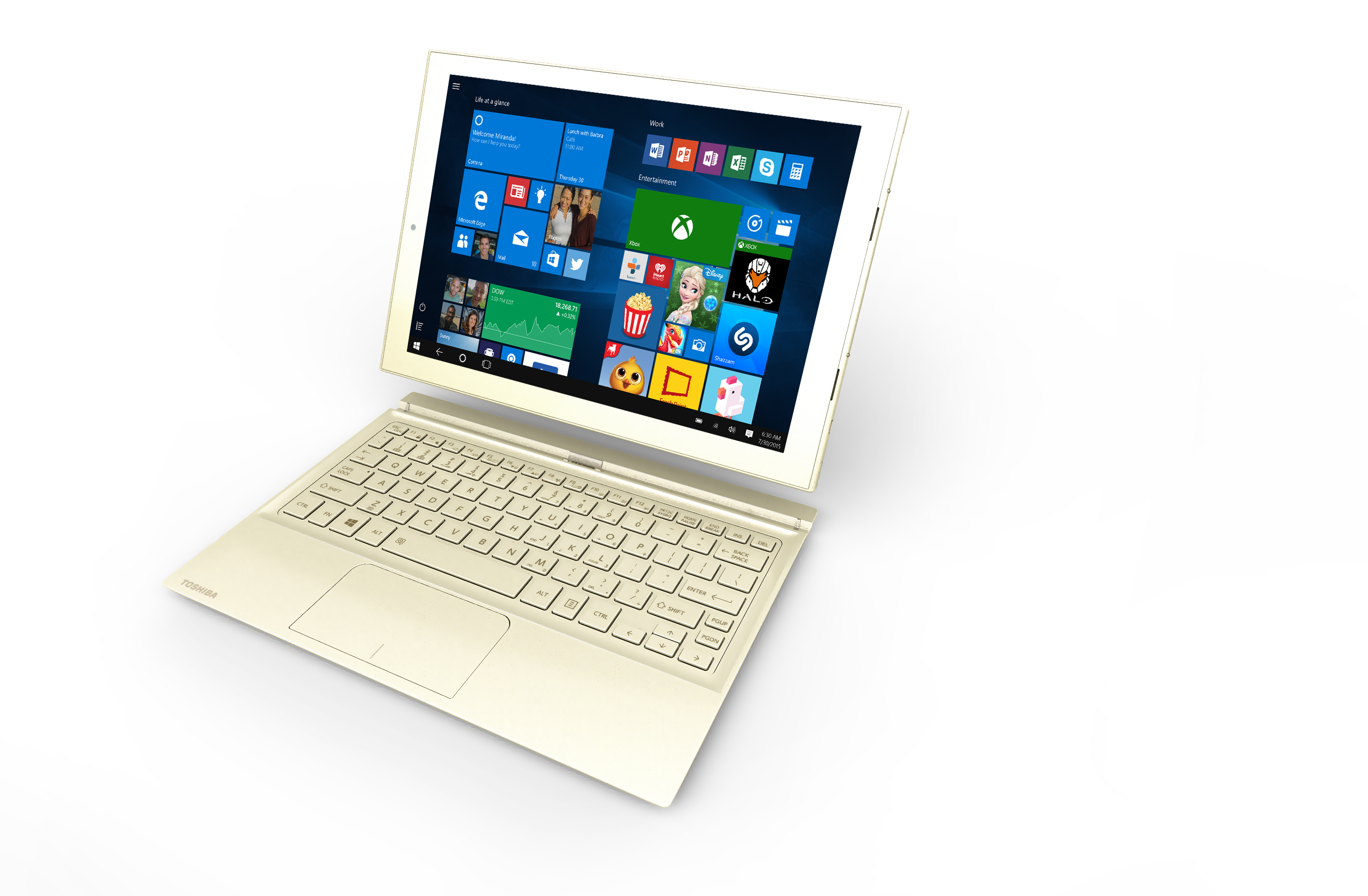Is the MiFi Model the Future of Mobile Broadband?: Tech News «
My comments
The common situation is that most customers will end up buying many wireless-broadband-enabled devices over the years. First they will buy a smartphone, then they will buy a wireless broadband modem for their laptop or upgrade their laptop to a model with an integrated wireless-broadband modem. They will also end up buying an Internet tablet like the Apple iPad which has integrated wireless broadhand. This will become more serious as vehicle builders integrate wireless broadband in order to provide Internet-enabled services like Internet radio or always-live mapping.
Multiple service plans – one service plan for each gadget
Whenever this happens, the user signs up to one service plan per device, typically as part of a subsidised-device contract. Here, they end up with many different plans to take care of, which come with many SIM cards and different included-data allowances to take care of.
The carriers like the idea of signing up a customer to multiple plans no matter whether this yields one account or multiple accounts per user. As well device manufacturers like to integrate wireless-broadband technology in to their devices as a way of differentiating particular models in a device series.
But this can become unwieldy for most users because they have to keep track of their plan allowances and contract-available plans. As well, customers may end up using one device more and “burning up” its plan allowance then are on metered use or reduced bandwidth for that device. This may be OK for fixed locations where different usage patterns may occur. As well, there isn’t an incentive in the industry to allow customers to consolidate data plans for multiple devices into one “super plan” with one large allowance and this can penalise customers who are loyal to one carrier or want to have “all their eggs in one basket”.
Use of “MiFi” routers or tetherable smartphones across multiple devices
A MiFi (wireless router with integrated wireless-broadband modem), a regular wireless router that has support for a USB wireless-broadhand modem “stick” or a 3G/4G smartphone which supports tethering via Wi-Fi, Bluetooth or USB could allow a user to share one plan across multiple devices that you own. The user could then be given the option to bind these devices to a high-capacity service plan so they could use the wireless-broadband service across many other Internet-enabled devices. Another advantage of these abovementioned devices is that they can provide Internet connection to devices like Internet radios that don’t have their own wireless-broadband technology.
For example, a battery-operated Internet radio like the Pure Evoke Flow that I reviewed previously or the Roberts Stream 202 can he linked up to a battery-operated “MiFi” device that is on a generous plan in order to bring the fun of overseas Internet radio in the same manner as a classic portable radio or boom-box. Similarly, a “MiFi” device can provide Internet connectivity a group of laptop computers used on a remote site.
Moving a SIM card between multiple devices
Another way of achieving this could be to buy wireless-broadband gadgets without being bound to a particular service, so you could move a SIM card between the different devices. This includes buying a prepaid USB modem or similar device on a deal where you can pay to unlock it later, perhaps by paying a modest fee. Then you use the service and unlock the device so you can move a SIM card amongst the different devices.
This practice can limit use of smartphones because the SIM cards in these phones are primarily to “present” the phone to the mobile network and connect it to its number.
Conclusion
This issue of users buying devices like notebook / netbook computers and iPad / tablet computers that are equipped with integrated wireless broadband connectivity will lead to user confusion when it comes to managing data plans and accounts. It will become an issue with wireless-broadband carriers and service providers as users want to consolidate their services in to one plan that they can think of without carrying extra devices or fiddling with tiny SIM cards.


